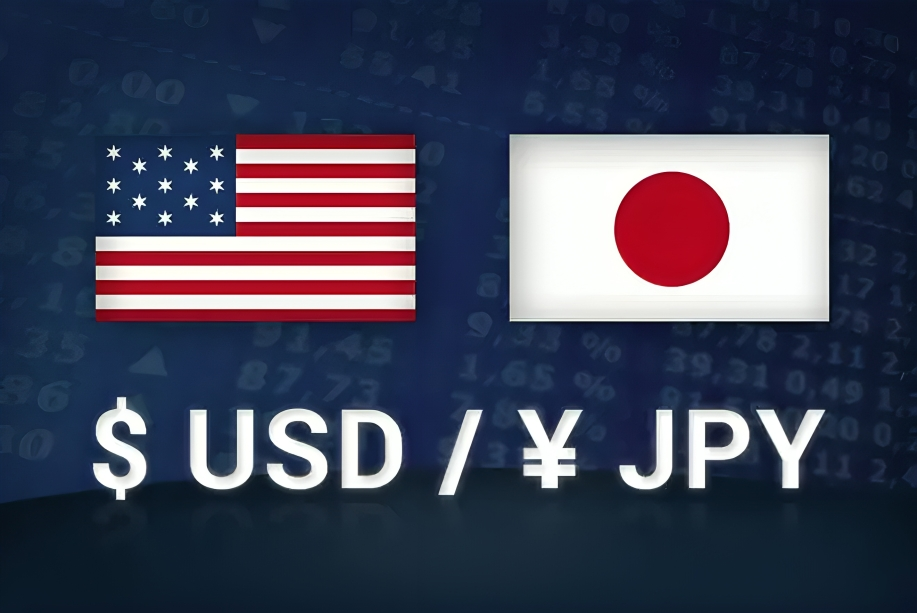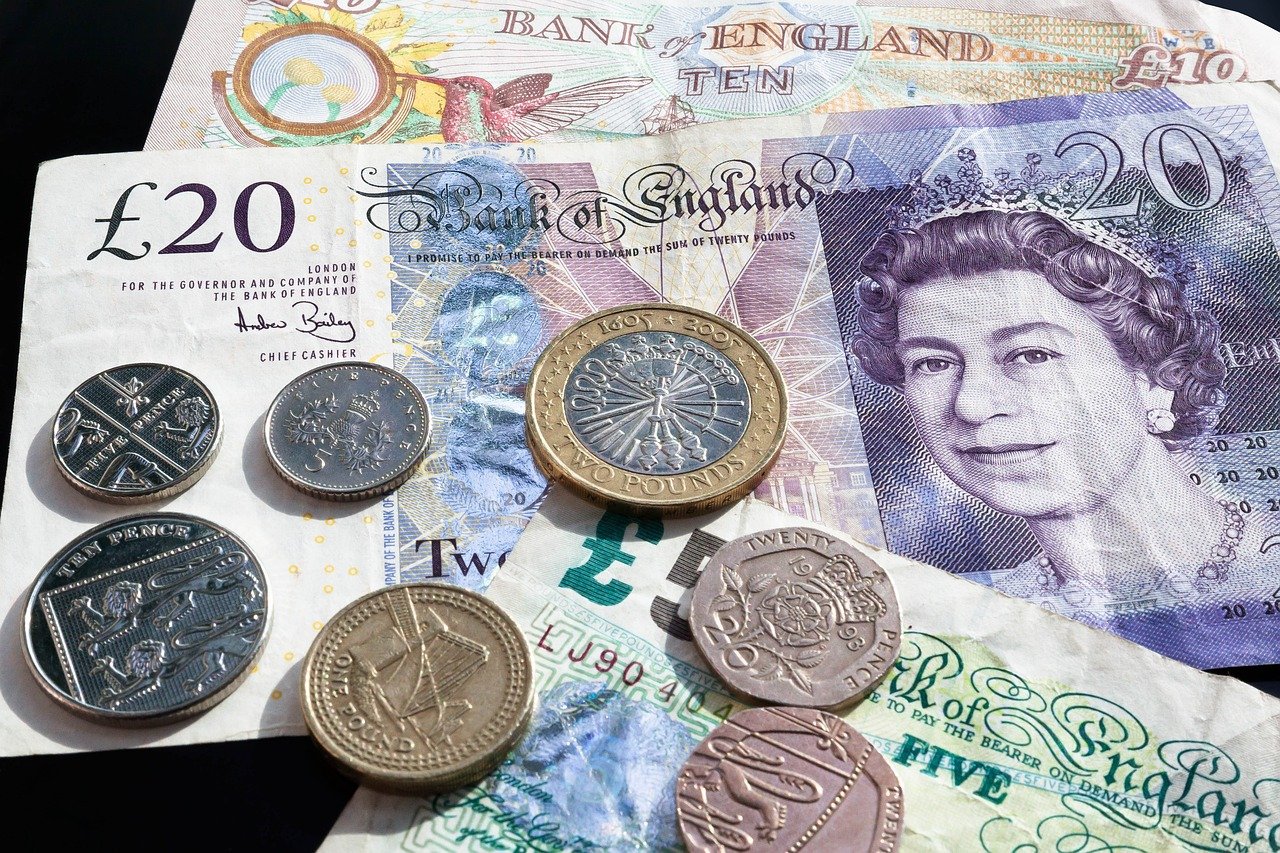The EUR/USD pair has moved cautiously closer to the 1.0400 level after market sentiments soured up following the global economic ramifications of a plan by the US President, Donald Trump to put selective tariffs on Europe, China, Canada and Mexico. Investor weighing the prospective slowdown in the global economy, also international trade in the context of the latter’s imposition. ECB President Christine Lagarde called on Europe to be ready for targeted responses and called for strategic anticipation. Meanwhile, the European Central Bank and the Federal Reserve are due to make their monetary policy decisions, which will introduce a lot of volatility in the market. The Euro, struggling to gain above key resistance levels, has stabilized its near-term outlook, but the overall bearish trend continues.
KEY LOOKOUTS
• Evaluate how selective tariff increases on Europe, China, Canada, and Mexico might change the world’s economic growth and trade patterns.
• Keep an eye out for interest rate changes as the ECB and Fed make their first monetary policy decisions of 2025.
• Track Eurozone and US flash PMI data to measure business activity in the manufacturing and services sectors.
• The next major move of the pair could be determined by key support at 1.0175 and resistance at 1.0500.
The EUR/USD pair continues to come under pressure as traders try to navigate a complex landscape shaped by selective tariff hikes by U.S. President Donald Trump and upcoming central bank decisions. Plans for a 25% tariffs by Trump on Canada and Mexico, coupled with 10% tariffs on China and possible levies on Europe, have created jitters about global economic growth, which helps appreciate the US Dollar. Meanwhile, ECB President Christine Lagarde has called for Europe to get itself ready for these strategic responses, emphasizing that it needs to anticipate how their economy will be affected by it. Adding to the volatility, investors are closely watching Eurozone and US flash PMI data, as well as the monetary policy announcements from the ECB and Federal Reserve next week, which could greatly influence market sentiment and EUR/USD’s trajectory.
The EUR/USD pair is under pressure near 1.0400 as Trump’s selective tariffs fuel global economic concerns, boosting the US Dollar. Investors now await ECB and Fed policy decisions for further direction.
• Planned tariff hikes on Canada, Mexico, China, and Europe threaten global economic growth, supporting US Dollar strength.
• Christine Lagarde emphasizes Europe must be ready to respond strategically to Trump’s tariff policies.
• Investors eye January’s flash PMI data to assess manufacturing and services sector health.
• ECB and Fed’s first 2025 monetary policy meetings next week could introduce market volatility.
• Key support at 1.0175 and resistance at 1.0500 remain critical for traders.
• The DXY bounces to 108.40 as the market becomes cautious while trade tensions persist.
• Fed likely to hold the rates at current levels, while ECB is going to cut by 25-bps, marking a difference in strategy.
EUR/USD: Global markets and the EUR/USD, in particular, are trading cautiously ahead of the 1.0400 mark in response to U.S. President Donald Trump’s selective tariff hikes and their possible implications on growth in the global economy. Trump’s plans involve a 25% tariff on Canada and Mexico, a 10% tariff on China, and prospective levies on Europe, where he accuses the bloc of unfair trade practices. This has further increased the US Dollar as investors look for safety in case of trade disruption and slower economic growth. European Central Bank (ECB) President Christine Lagarde keeps saying that the appropriate mindset for Europe should be to remain prepared and strategically responsive, as Trump’s tariffs could be both targeted and have serious consequences.
EUR/USD Daily Price Chart

Source: TradingView Prepared By ELLYANA
More market movement can be expected today as traders await the Eurozone and the US flash PMI data in January, revealing new information about business activity in their manufacturing and services sectors. Meanwhile, the monetary policy decisions by the Federal Reserve and the ECB next week are highly anticipated. The Fed is likely to hold its current rate range, but the ECB might introduce a 25-bps rate cut, which would signal divergent policy paths. Technically, EUR/USD fails to regain the 1.0500 resistance level, while the key support at 1.0175 remains a critical level for traders to watch. These trends are likely to determine the pair’s direction in the short term.
TECHNICAL ANALYSIS
EUR/USD remains under pressure and is trading near the 1.0400 level and fails to sustain above the immediate resistance at 1.0460. The pair looks to stabilize in the near term as it is holding above the 20-day Exponential Moving Average (EMA), currently at 1.0360. The immediate short-term perspective, however, remains bearish. The 200-day EMA slopes downward close to 1.0700, meaning downside pressure continues to persist. Support at the January 13 low of 1.0175 acts as a significant level for stopping the downtrend. Resistance at 1.0500 on the upside continues to act as a major barrier for bulls. Momentum indicators such as the 14-day Relative Strength Index (RSI) shows a divergence since RSI continues forming higher lows when the pair establishes a lower low as this might be an indicator of a shift in momentum if resistance is broken.
FORECAST
The upside for EUR/USD is some room for recovery as technicals and potentially improving economic data could underpin. The fact that the pair holds above its 20-day EMA implies resiliency short-term. The flash PMI data for January could be a light in the tunnel, where expectations are to see a slow contraction in business activity in the Eurozone. However, to see a strong recovery, breaking above the resistance at 1.0460 and the psychological barrier of 1.0500 will be the key. Any dovish signals from the Federal Reserve while making its monetary policy decision next week will only add to the Euro’s case.
A declining 200-day EMA around 1.0700. Continued pressure from weaker Eurozone growth prospects, continued trade tensions, and central bank divergence leave the Euro exposed. Upward momentum will likely require stronger Eurozone data or trade uncertainty resolution, which seems improbable at this point. Expect a volatile period as support and resistance levels are put to the test in the near term.







